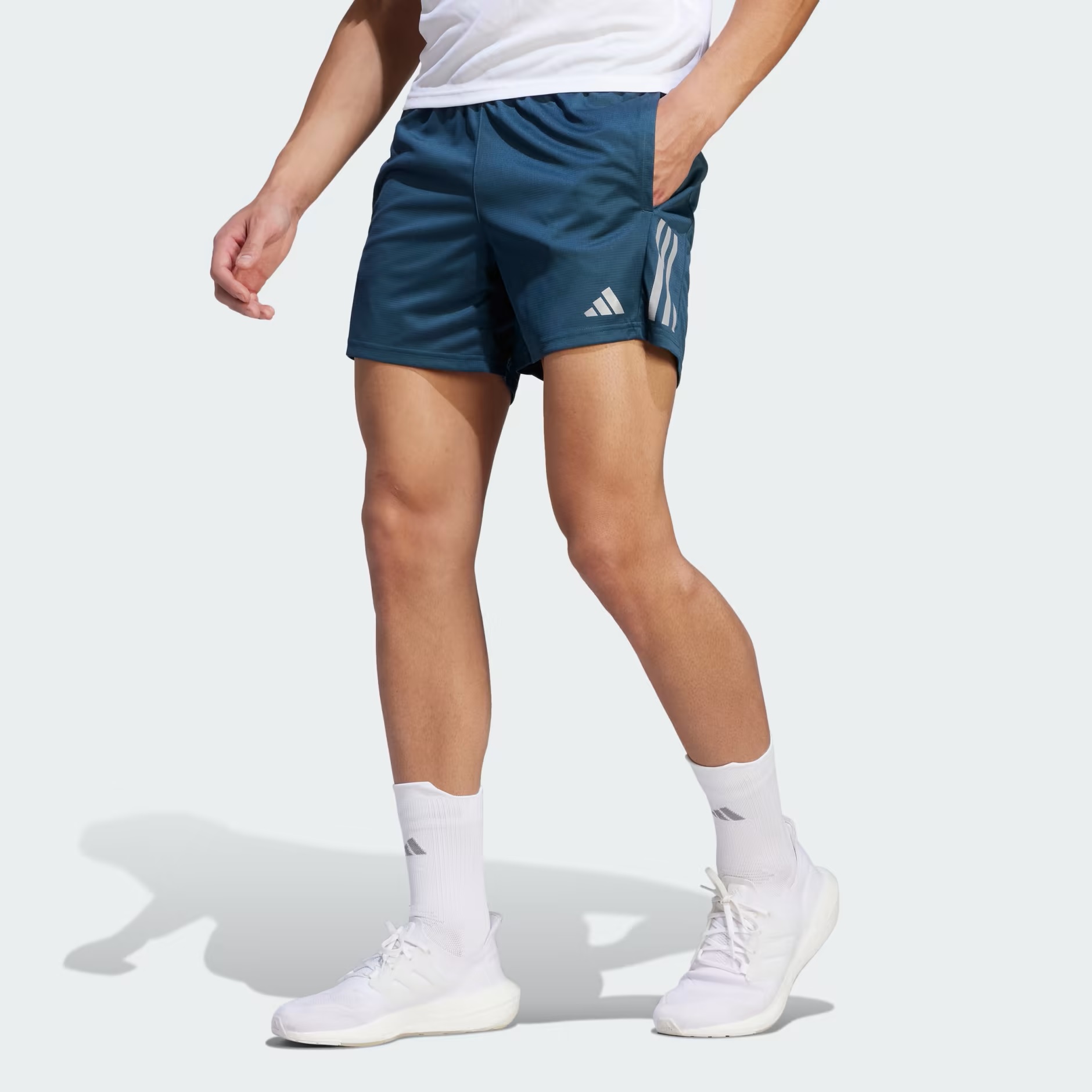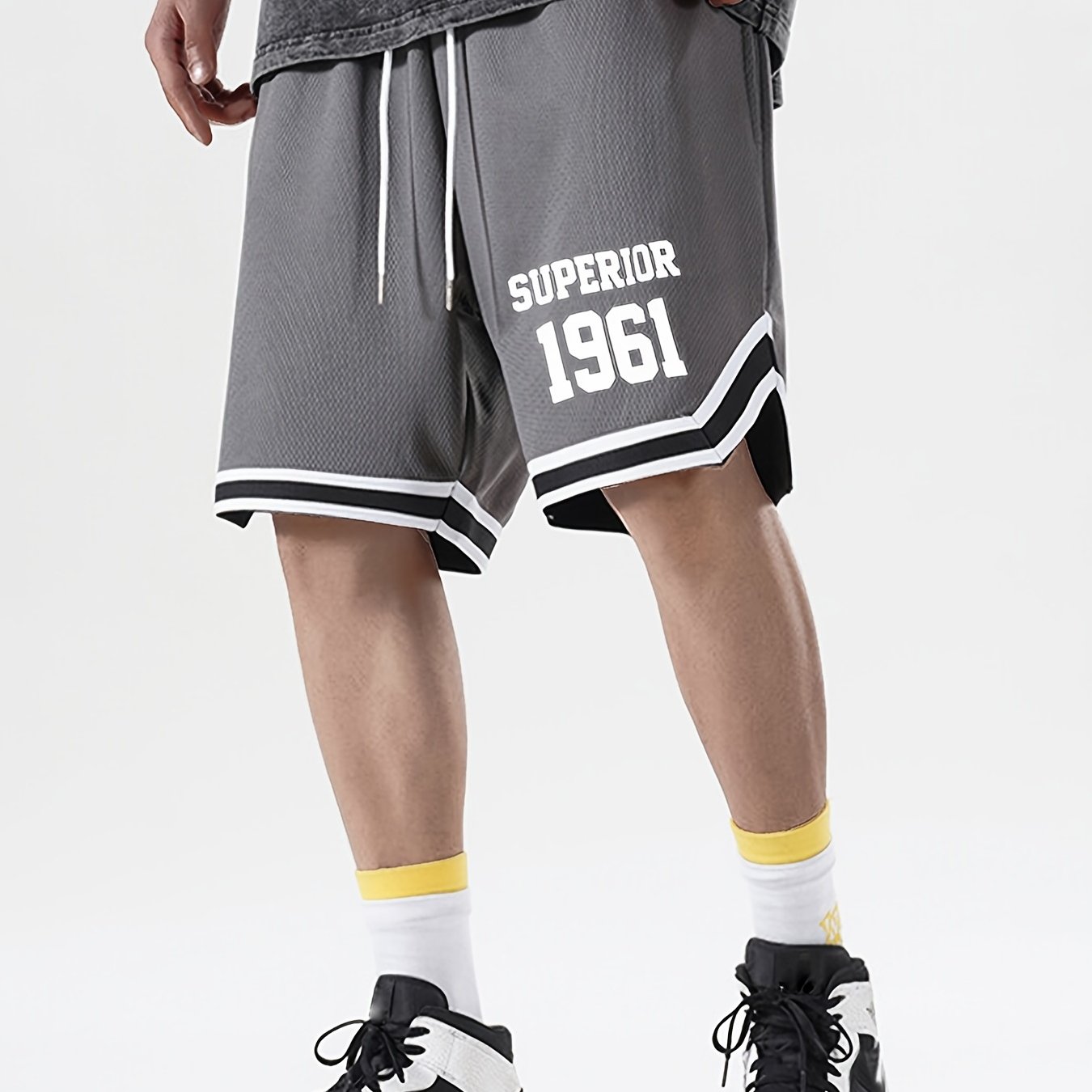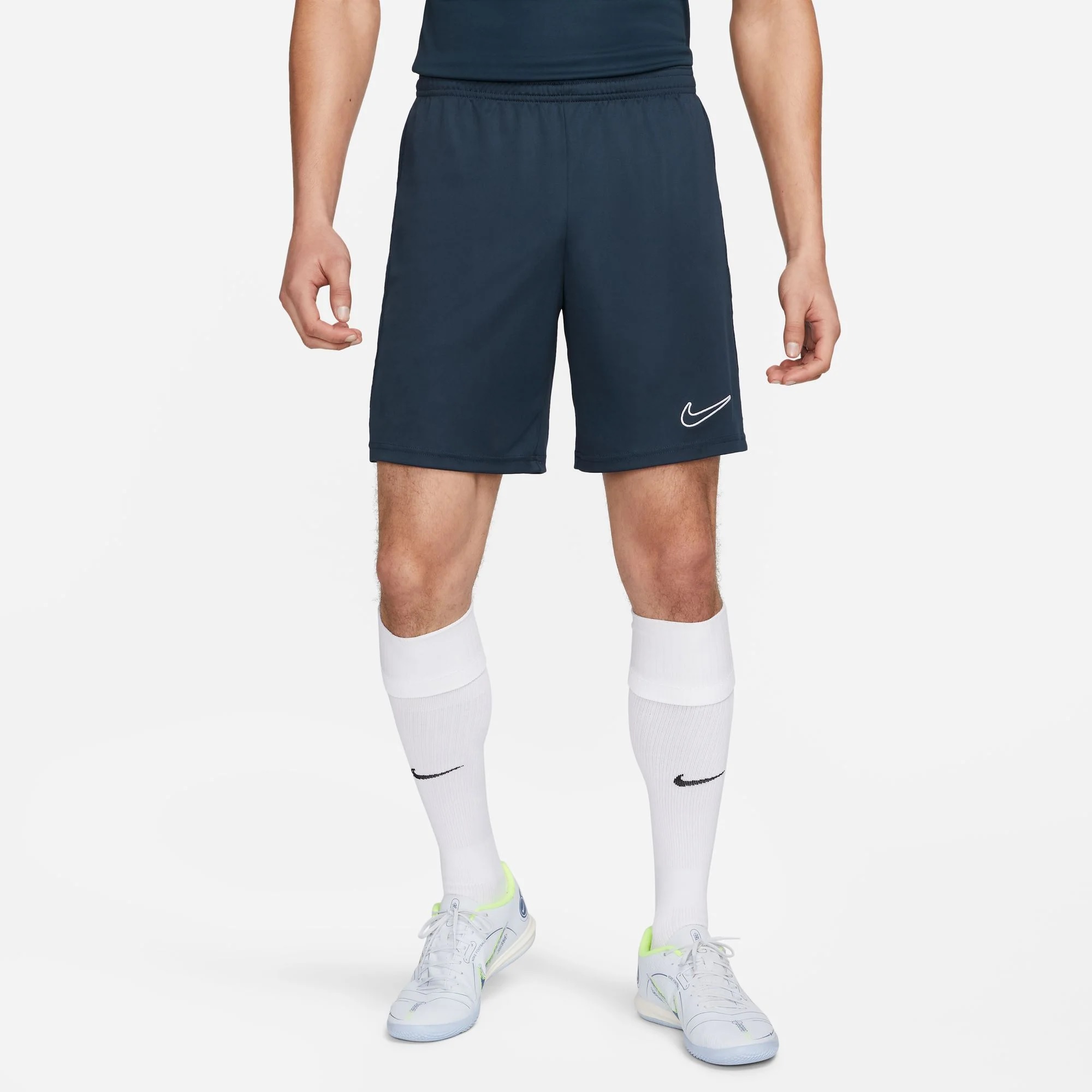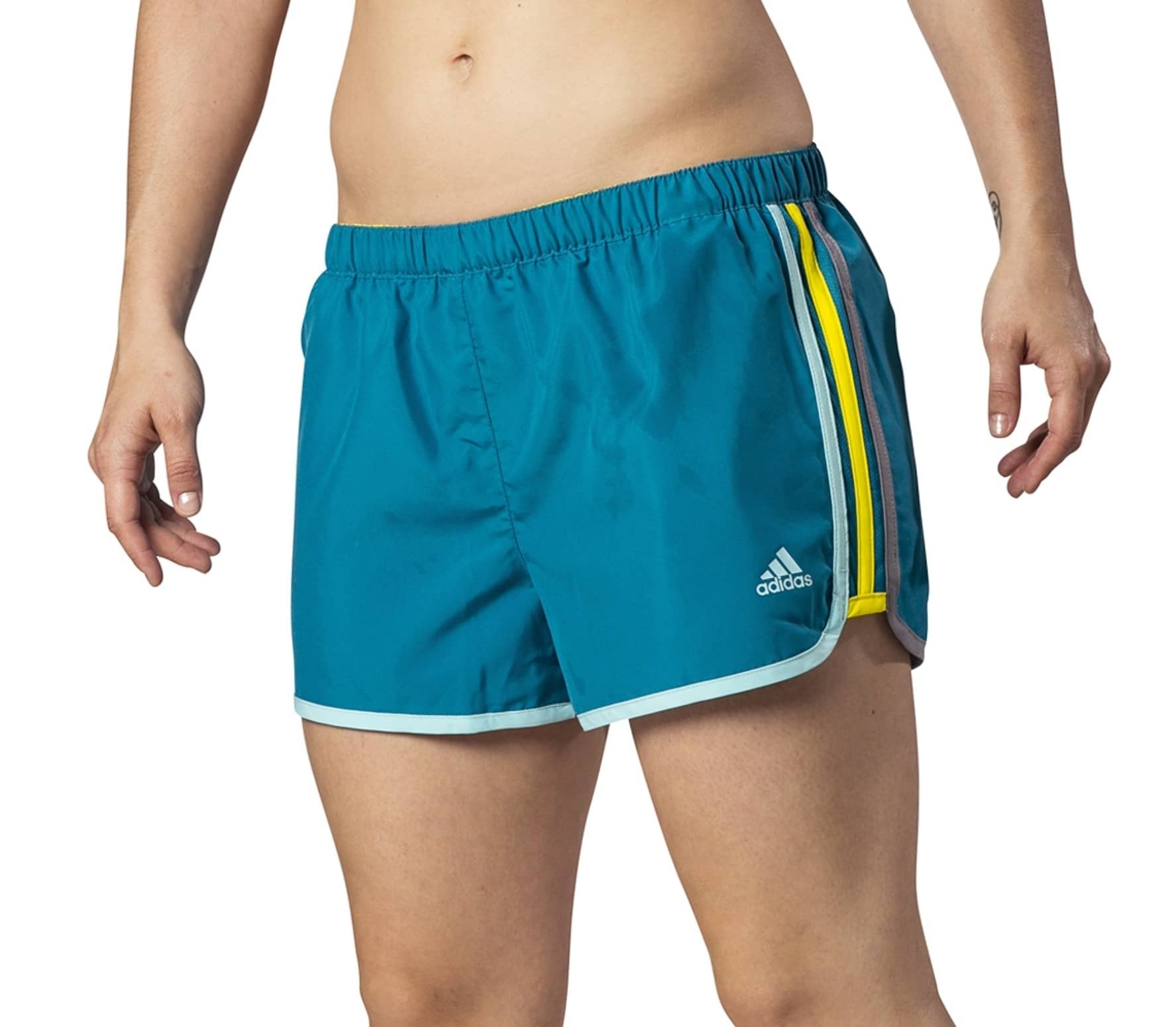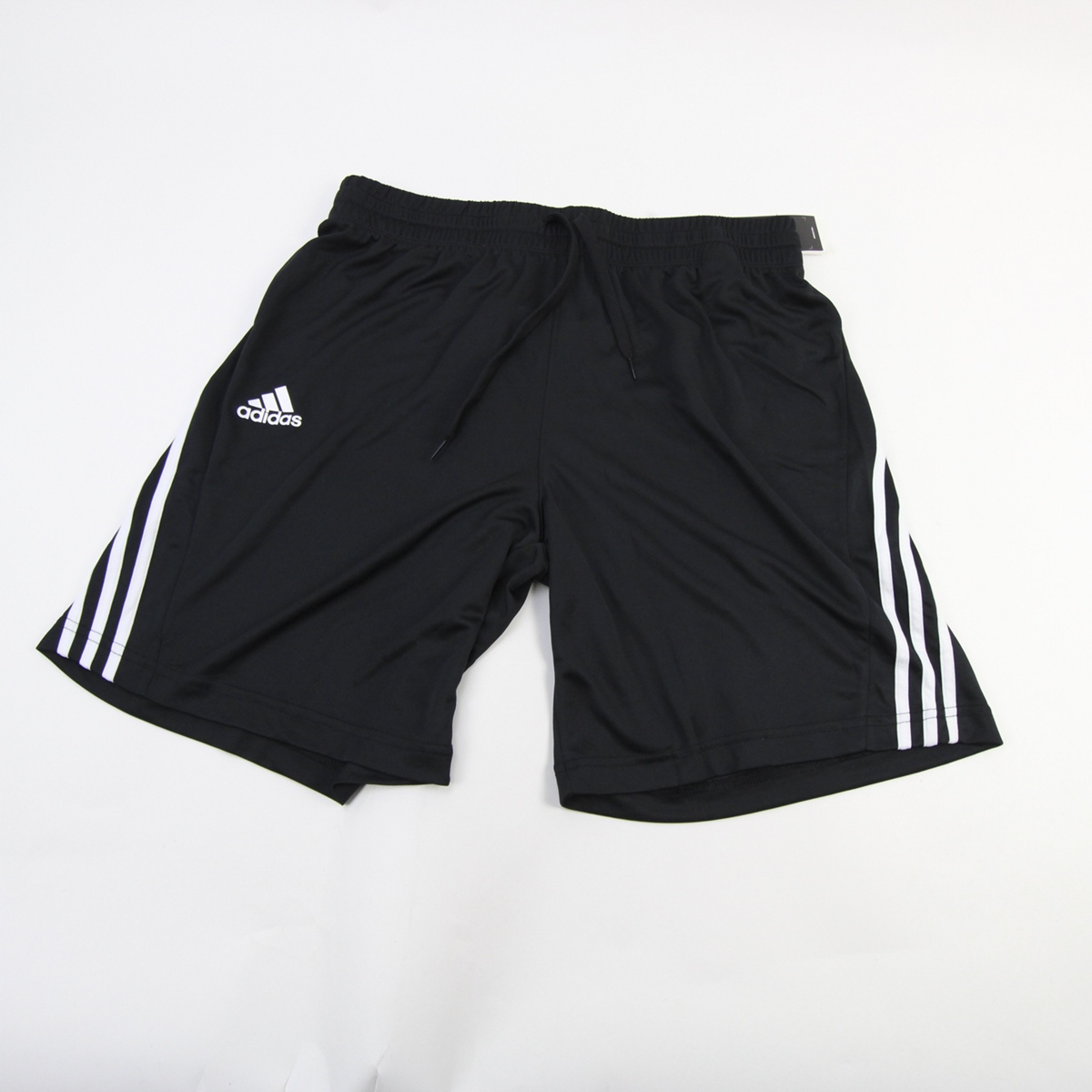Home>Shop by Brand>Brooks Running Shorts>Running Shorts: A Look at Eco-Friendly Fabrics


Brooks Running Shorts
Running Shorts: A Look at Eco-Friendly Fabrics
Modified: August 19, 2023
Take a closer look at eco-friendly fabrics used in running shorts. Discover sustainable materials and their benefits, such as recycled polyester, organic cotton, and bamboo fabric.
The running community is no stranger to the fight against environmental pollution. As runners, we bear witness to the impact of climate change, witnessing the subtle and not-so-subtle shifts in the landscapes we traverse. From urban parklands to rugged trails, environmental stewardship is often close to our hearts. This care for our planet extends to our choice of running gear, including the shorts we wear as we pound the pavement or trail.
But why specifically focus on running shorts? Well, in terms of attire, running shorts are integral. They have to be comfortable, chafe-proof, sweat-wicking, and breathable to make those miles enjoyable. Increasingly, an additional feature has become essential: eco-friendliness. The move towards more sustainable options in running gear, particularly shorts, is not just a trend but an urgent necessity in the face of a climate crisis. This article delves into the world of eco-friendly fabrics used in the production of running shorts.
The Rise of Eco-Friendly Fabrics
Synthetic materials like polyester, made from petroleum, have long been the go-to fabric for sportswear due to their durability, flexibility, and moisture-wicking properties. However, the production process of synthetic materials is notoriously bad for the environment, emitting harmful greenhouse gases and contributing to microplastic pollution. Enter eco-friendly fabrics – materials that are either naturally derived, require less energy to produce, or are made from recycled waste.
Key Eco-Friendly Fabrics in Running Shorts
The production of eco-friendly running shorts uses several key materials:
Recycled Polyester
Recycled polyester, often made from recycled plastic bottles, uses up to 59% less energy to produce than virgin polyester. It maintains the same technical benefits – it’s durable, lightweight, and moisture-wicking – but has a significantly smaller carbon footprint.
Organic Cotton
While traditional cotton farming is water-intensive and uses harmful pesticides, organic cotton is grown without synthetic pesticides and uses far less water. Running shorts made from organic cotton are soft, breathable, and comfortable.
Bamboo
Bamboo is a highly renewable resource that grows quickly without the need for fertilizers or pesticides. It can be processed into a soft, breathable, and antibacterial fabric perfect for running shorts.
Tencel (Lyocell)
Made from sustainably sourced wood pulp, Tencel is biodegradable and requires less water and energy to produce than cotton. It’s soft, breathable, and moisture-wicking.
Hemp
This plant is a fast grower and doesn’t require much water or any synthetic pesticides. Hence, the resulting fabric is durable, breathable, and has excellent temperature regulation properties.
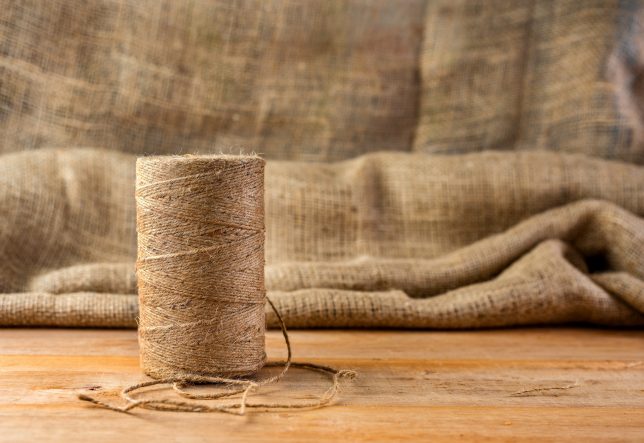
Image from Adobe
Brands Championing Eco-Friendly Running Shorts
Several athletic wear companies have made it their mission to reduce their environmental impact by incorporating eco-friendly materials into their products. Examples include:
Patagonia
Known for its commitment to sustainability, Patagonia offers running shorts made from recycled polyester and has an extensive recycling program for its products.
Brooks
Brooks’ “Greenlight” shorts are made from recycled polyester and are part of the brand’s efforts to reach 100% recycled or plant-based materials by 2040.
tentree
As the name suggests, this brand plants ten trees for every item sold. Their running shorts are made from a blend of Tencel, recycled polyester, and organic cotton.
Making the Switch to Eco-Friendly Running Shorts
When it comes to making the switch to eco-friendly running shorts, there are a few things to keep in mind:
- Comfort and Performance: Ensure that the eco-friendly option provides the same level of comfort and performance as your regular running shorts.
- Care Instructions: Eco-friendly materials may require specific care instructions to maintain their integrity and performance. Make sure to follow the manufacturer’s guidelines.
- Certifications: Look for certifications like the Global Organic Textile Standard (GOTS) or bluesign® to ensure the materials are genuinely eco-friendly.
- End of Life Plan: Consider what will happen to the shorts at the end of their life. Can they be recycled or composted?
Switching to eco-friendly running shorts not only helps the environment but also allows you to run with the peace of mind that you’re doing your part. As more runners make this switch, it sends a strong message to brands about the demand for sustainable options, driving further innovation in this space.
FAQs
Do eco-friendly running shorts perform as well as regular shorts?
Yes, eco-friendly running shorts provide the same level of performance and comfort as their less sustainable counterparts. In particular, they can be lightweight, durable, and sweat-wicking.
Are eco-friendly running shorts more expensive?
Eco-friendly running shorts can sometimes be more expensive due to the cost of sustainable materials and ethical manufacturing processes. However, prices are coming down as demand increases and more brands enter the market.
How do I care for my eco-friendly running shorts?
Always follow the care instructions provided by the manufacturer. For instance, some eco-friendly fabrics may require cold washes or air drying to maintain their properties.
What other eco-friendly running gear is available?
In addition to shorts, you can find eco-friendly options for almost all running gear. This includes shirts, socks, shoes, and even accessories like hats and gloves.
How can I tell if a brand is genuinely eco-friendly?
Look for third-party certifications, transparent supply chain information, and clear sustainability goals and progress reports. Indeed, genuine brands will provide this information readily.

